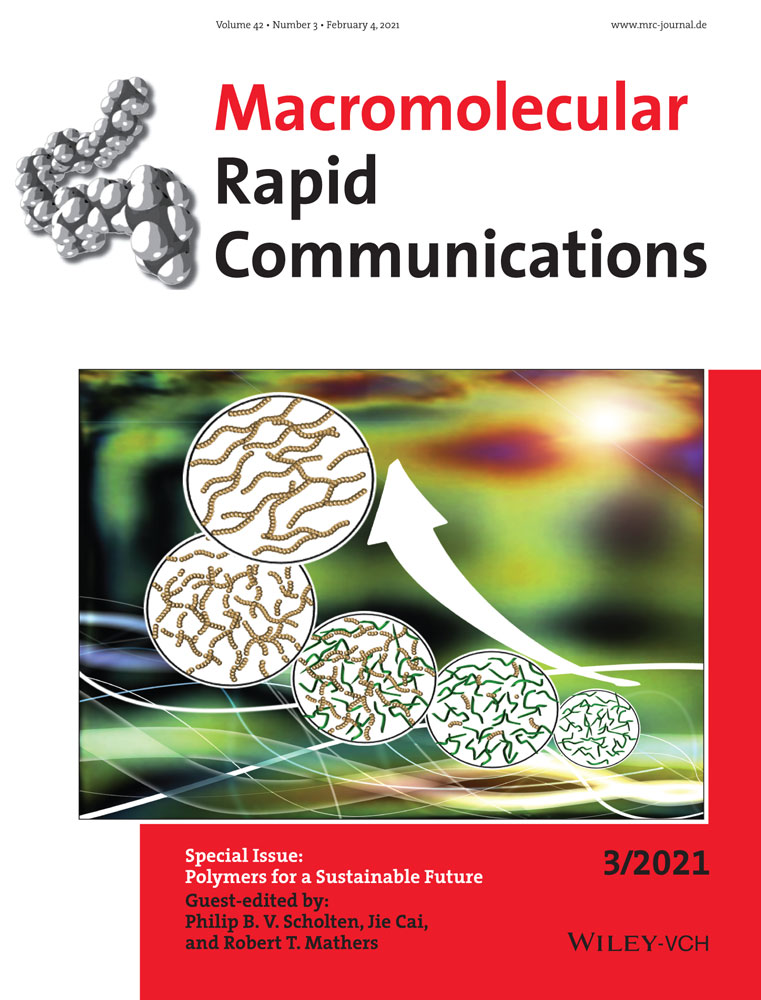Insight into Morphology Change of Chitin Microspheres using Tertiary Butyl Alcohol/H2O Binary System Freeze-Drying Method
Abstract
The morphology of materials usually plays a significant role in their applications; the mechanical properties of the materials and characteristics such as specific surface area, surface energy, adsorbability, and wettability are dependent on the morphology. This study is focused on studying the effects of different tertiary butyl alcohol (TBA) aqueous solutions on the freeze-dried morphologies of chitin microspheres (CMs). By constructing a TBA/H2O phase diagram, the underlying mechanisms of morphology change are explored. It is found that by freeze drying the CMs with 20 and 100 wt% TBA, a fine nanofiber weaved pore structure can be obtained. Away from these two ratios, the nanofibers are oppressed by the large crystals formed during the precool process or bind together due to the existence of water in the secondary drying stage, poor morphology and pore characteristics appearing. Moreover, the 20 wt% TBA freeze-drying route is conducive to split the CMs and other polysaccharide (PS) microspheres. The split method is also helpful for exploring the internal structure of the microspheres. Therefore, this study makes it possible to simplify the morphology control of CMs, which helps in the characterization of porous PS-based microspheres.
Conflict of Interest
The authors declare no conflict of interest.




